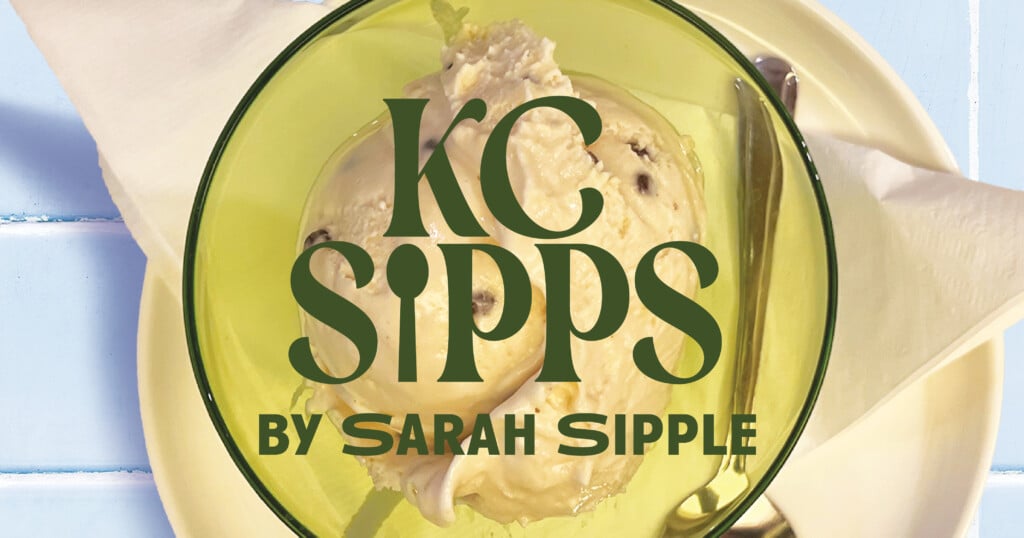At the American, Michael Corvino perfectly balances ambition and formality


I failed to wear a jacket the first time I dined at the American, in the 1980s. Back then, some restaurants still insisted on a dress code, and the American was, around here, perhaps chief among such places. With all the hauteur of the maitre d’ in Ferris Bueller’s Day Off, a manager regarded me for a moment and then fetched one of the sport coats kept on hand to temporarily garb the uncivilized. It was brown; it was at least two sizes too large; and it was, I swear, polyester. I ate in gloomy misery, but I learned my lesson. Though the restaurant lifted its jacket mandate some time ago, I’ve never returned to the American without a coat.
This I do happily because the restaurant deserves respect. At 40 years old, it’s a kind of museum to its own bygone formality. A museum where the food happens to deserve enshrinement.
The food but not the environment. Architect Warren Platner designed the dramatic interior space more than a generation ago, and what was once a distinctive look now feels somehow both quaint and cavernous. You get the feeling that the room is never full anymore, and on my recent visits, the quiet was sometimes unnerving.
That the restaurant doesn’t bustle owes more than a little to its price point. The American experience is as it always has been on that front: not for the frugal.
One night I dined with two friends — a professional chef and a vegetarian — who opted for the seven-course “Classic” and “Vegetarian” tasting menus, respectively. Each cost $95, the most this paper has ever footed for a restaurant meal. My own meal consisted of one starter, one entrée, one dessert and one cheese course, and it wasn’t much less expensive. (My choice allowed me to see the value of old-school serving formality. The timing of the table’s various plates was impeccable — I was never without something in front of me while my dining companions and I sampled their multicourse meals.)
The reason that expense was no object on this outing was simple: 32-year-old chef Michael Corvino, who started at the American last year and has embarked on what he has called a plan to “step into the millennium” and attract younger diners. Reflecting this aim, Corvino’s American menu is less formal and more unconventional than any other in this restaurant’s history. The imposing, tattooed chef is the Jackson Pollock of KC’s culinary world, and his vision is audacious.
Corvino has been quoted as saying that restaurants are his museums — places where he finds artistry that inspires him. So it makes sense that Corvino and his kitchen turn out dishes as visually powerful as they are delicious. And, as in certain strains of visual art, power doesn’t necessarily mean beauty. Pastry chef Nick Wesemann’s recent creation of a sesame semifreddo — combining a nutty buckwheat cake, house-made grape jelly and a Concord-grape slush, topped with a blackish sesame tuile crisp in a squat ceramic bowl — had all the allure of a funeral wreath (but all the taste you’d want in a last meal). On the other hand, Wesemann’s dulcey crémeux, which I tasted on a different night, was a deftly composed arrangement of caramelized banana, macadamia sponge cake, coconut puffs and banana-rum gelato. It was positively Wayne Thiebaud–ish in its pastel beauty.
Corvino’s menu descriptions are of the minimalist school, a discipline that I confess leaves me cold. Under the name of each dish is simply a list of ingredients, the theory being that a bare-bones description gives a chef more artistic flexibility with the preparation. (Bluestem’s Colby Garrelts is another prominent local chef aboard this bandwagon.) I get that, and the American’s fine servers readily fill in the blanks when asked, but I can’t help feeling that Corvino does an injustice to the painstaking craft of his compositions. I’m thinking of his poached lobster, a labor-intensive and meticulously prepared sculpture assembled with melon (when in season; Corvino has since begun using pineapple), a coconut-milk emulsion and a crispy component made from a dehydrated sauce of boiled lobster shells. Reading “melon, coconut milk, long pepper lobster” doesn’t prepare you, really, and a spartan few words when you’re dropping a hundred bucks can seem a leap of faith.
[page]
I don’t regret the leaps I took. On one of my visits, the hard-to-find and exquisitely fragrant pine mushroom called matsutake was the emphasized ingredient on the menu for a sashimi salmon appetizer available on both the $95 “Eclectic” tasting menu and on Corvino’s a la carte section. What emerged from the kitchen that evening was an elegant construction including shiny droplets of a supple “pudding” of agrumato (fresh-pressed extra virgin olive oil with Meyer lemon). Another night, the same ingredients, give or take, could become a different dish. Corvino likes change, and with the menu’s teasing approach, he affords himself plenty of room.
Even so, there is some overlap in the menu offerings, the better for you to approach Corvino’s work without committing to every last course. The airy, hand-rolled gnocchi (served recently with delectable cabbage marmalade and a soothing coconut-milk sauce) is on both the vegetarian tasting menu and the lounge menu. The entrées are featured on both the a la carte menu and the lounge menu.
That lounge menu is a fine point of entry to the Corvino experience. You get to sit at Platner’s granite bar, small by modern standards but irresistibly intimate, while sampling Corvino’s cuisine and being served by the smart, funny Paige Unger Cline. The American’s bar manager is equally adept with her signature cocktail collection and the ability to throw together a memorable mocktail. For me, she blended fresh grapefruit and lemon juices, her own blackberry-peach shrub, Tahitian iced tea, and a splash of soda. The result was utterly Zen and completely delicious.
A friend and I sat at her bar and made a wonderful meal by sharing several starters and splitting the gnocchi entrée. I was wowed by the pieces of tender octopus that Corvino had slow-cooked with lemon and olive oil, then lightly charred and served with fat, starchy corona beans and spicy sofrito. But the biggest surprise of the night was the chef’s golden, crispy fritters — a fried brandade of salt cod and potatoes — presented on a wooden panel with dollops of remoulade, capers and strips of pickled green tomatoes. Cline, upon serving us this dish, said it was “the most glamorous fish sticks in the world” (a description that delighted Corvino). I could have eaten a double order and almost wish I had.
And the best mini-sandwich in town is on Corvino’s lounge menu: a house-made English muffin, split and filled with a discreetly spiced pork and house-made bread-and-butter pickles. It’s what an Olympian god puts in his kid’s lunchbox.
Scaled-down sandwiches, diminutive desserts, Lilliputian snacks (even the potato chips on the bar menu seemed to have been sliced from petite potatoes) are perfectly appropriate for a tasting menu, where many small courses add up to a satisfying meal. But the selections from the a la carte menu, far from inexpensive, nag my sense of fairness. The American has long attracted gripes for serving the costliest tiny portions in town, and that hasn’t changed so much. Mind you, that’s not uniformly true on Corvino’s menu, but his version of a rib-eye — though exceptionally flavorful — is distractingly wee. Compared with what an upscale steakhouse would serve you, it’s almost microscopic.
[page]
I prefer the chef’s Piedmontese bavette steak, a cut of sirloin favored by the French that was considered a throwaway before it was rediscovered. Here, it’s nicely portioned and served with a smoky béarnaise that you fantasize consuming by itself.
The American may be the only restaurant in town that serves a sweet intermezzo course before dessert. On one of my visits, it was a delicate yogurt panna cotta with a garbanzo cookie crumble and mango foam. Consider it a spoonful of dessert before the actual dessert, and consider yourself lucky that Wesemann’s creativity here has free rein. His “gingerbread soup,” for example, was neither gingerbread nor soup but a grilled brownie sided with fresh lingonberries and bacon clusters and drenched at the table with a small pitcher of smoked chocolate syrup — a warm, glossy broth of molten chocolate infused with ginger.
Like everything else served at the American, it was creatively inspired and skillfully composed — and it’s probably not there today, replaced by the next big (or small) idea. On that occasion, I hesitated before aiming my spoon into the bowl, as though awaiting permission to touch a piece of art on a museum pedestal. I took a moment to appreciate the artistry, made sure I hadn’t dragged my jacket sleeve across any food, and took a bite.




